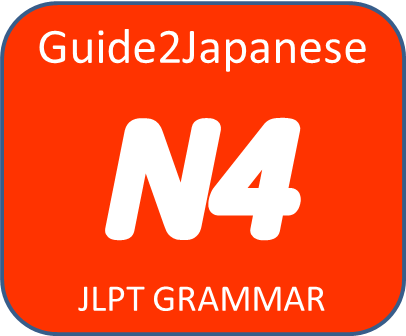JLPT N4 GRAMMAR: Difference In~と・~たら・じょうけんけい
The difference between ~と・~たら・条件形 is as below.
~と・~たら・条件形 can replace each other when there is conditional expressions involved however they can not replace each other in certain conditions.
Example sentences:
~とis used when the result derived from action described before と is inevitable. It is a predictable event or an unavoidable fact. と can not be used when conditional expression does not involve speaker’s wishes, judgement, permission, hopes, requests etc and when first action needs to be completed to initiate other.
- ここを押すと、ドアが開きます・ここを押せばドアが開きます・ここを押せたら、ドアが開きます。
- Koko o osu to, doa ga hirakimasu.
- Press here and the door will open.
- यहां दबाऐंगे तो दरवाजा खुलेगा।
~たら has two usage: 1. it is a conditional expression and, 2. it indicates that an action or state will occur or appear when certain conditions have been met. It can not be used when it involves speaker’s wishes, judgement, permission, hopes, requests etc. In following sentence, ~と& 条件形 can not be used as it needs to complete the first action to initiate the second.
- 東京へ来たら、ぜひ連絡してください。
- Tōkyō e kitara, zehi renraku shite kudasai.
- Please contact me when you come to Tokyo.
- कृपया मुझे संपर्क करें जब आप टोक्यो आते हैं।
条件形 can not be used when the condition expression needs one action to be completed to initiate the other . In the following sentence, ~と & ~たら cannot be used as it involve speaker’s wishes, judgement, permission, hopes, requests etc
- 他に意見がなければ、これで終わりましょう。
- Hoka ni iken ga nakereba, kore de owarimashou.
- If you don’t have any other opinion, let’s close this meeting now.
- यदि आपके पास कोई अन्य राय नहीं है, तो इसे समाप्त करें।



